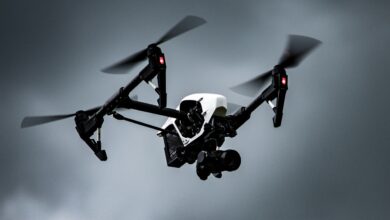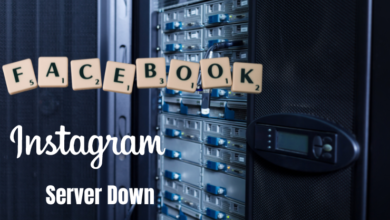
Walkman to Spotify
In the rhythmic journey of music, technology has played a transformative role, shaping how we experience and consume our favorite tunes. From the iconic Walkman to the digital realms of Spotify, the evolution of music technology reflects not only advancements in innovation but also the changing ways in which we connect with melodies.
The Analog Era
Walkman: A Portable Revolution
The introduction of the Walkman in the late 1970s marked a paradigm shift in music consumption. For the first time, individuals could carry their music with them, liberating music from the confines of home stereos.
Cassette Tapes and Mixtapes
Cassette tapes became the medium of choice for Walkman users. The ability to create mixtapes allowed for personalized playlists, adding a sentimental touch to the music-sharing experience.
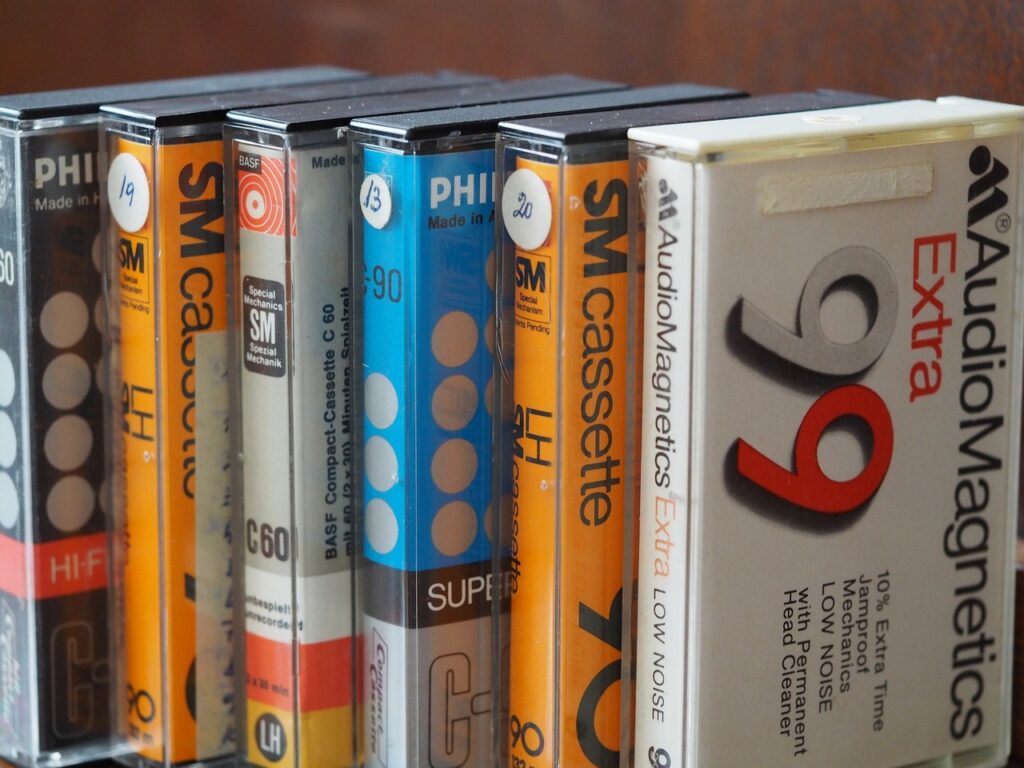
The Digital Revolution
Compact Discs (CDs)
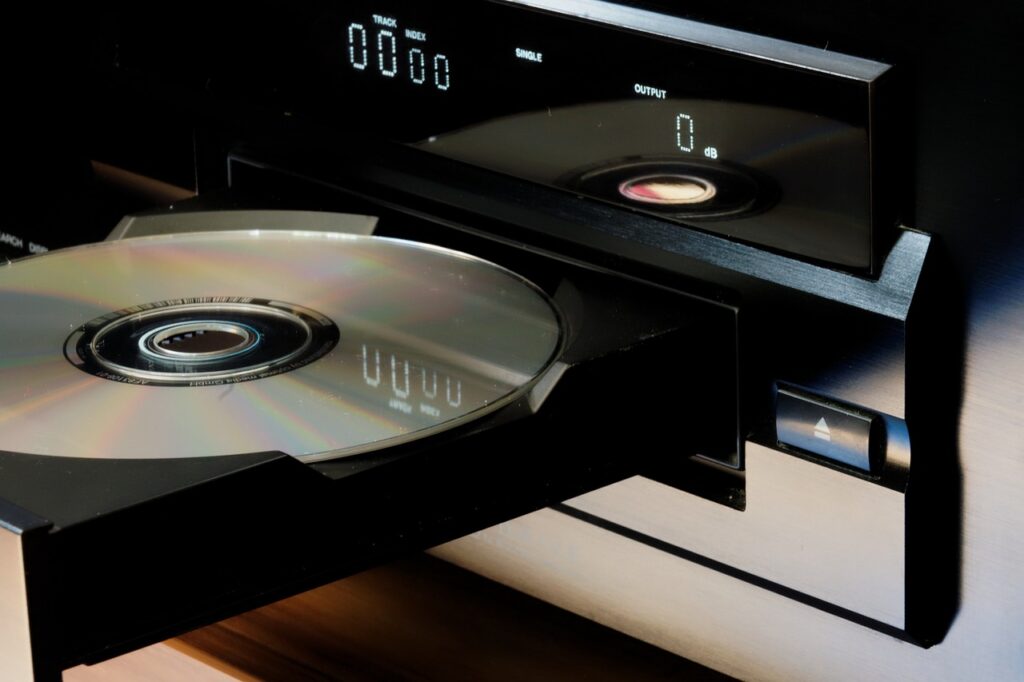
The advent of CDs in the 1980s brought a leap in audio quality and durability. With the ability to skip tracks and access specific songs instantly, CDs became the dominant music format for several decades.
MP3 Players: Pocket-Sized Libraries
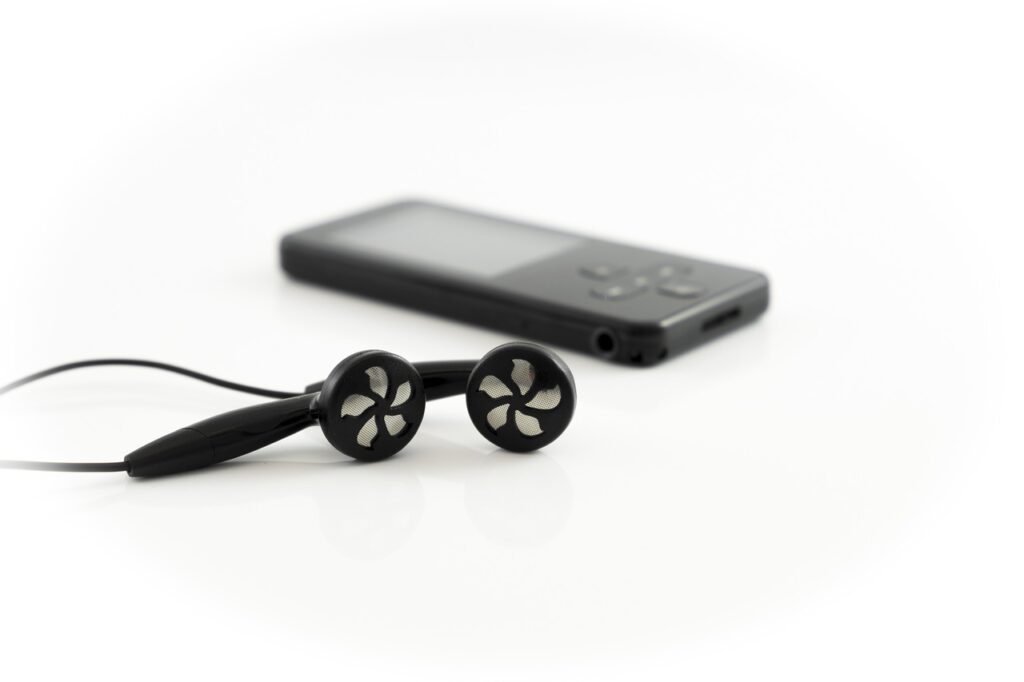
The emergence of MP3 players, led by the iconic iPod, revolutionized music portability. Users could now carry thousands of songs in their pockets, and the concept of the “playlist” gained prominence.
The Internet Age
Napster and Peer-to-Peer Sharing
The late 1990s saw the rise of Napster, introducing the concept of peer-to-peer file sharing. While controversial, Napster paved the way for discussions on digital music distribution.
iTunes: A Digital Music Store
Apple’s iTunes, launched in 2001, provided a legal platform for purchasing and downloading individual songs. This a la carte approach transformed how consumers acquired and owned music.
Streaming Dominance
Spotify: Access All Areas
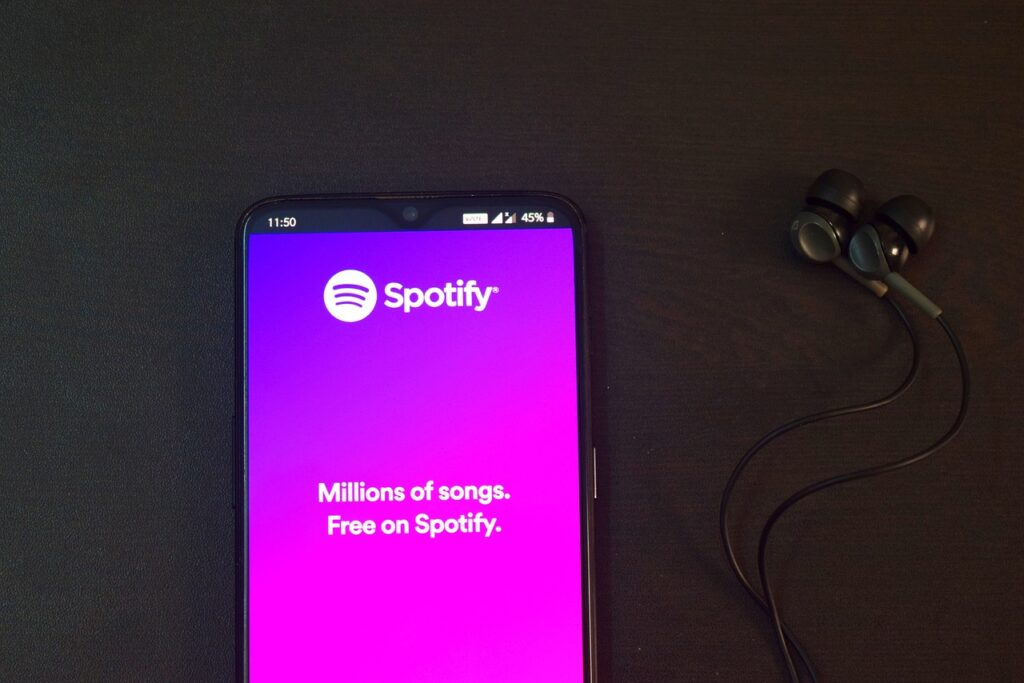
Walkman to Spotify: The emergence of music streaming services, led by Spotify, revolutionized the industry. Offering a vast library of songs for instant streaming, Spotify introduced the concept of music as a service rather than a product.
Personalized Playlists and Algorithms
Walkman to Spotify: Streaming platforms use algorithms to curate personalized playlists, adapting to users’ preferences. This shift from ownership to access has redefined the way we discover and enjoy music.
The Impact on Artists
New Revenue Models
Walkman to Spotify: The transition to digital platforms brought new revenue models for artists, with streaming services paying based on the number of streams. While criticized for low per-stream payouts, these platforms widened the reach for independent artists.
Direct Artist-Listener Connections
Walkman to Spotify: Social media and streaming platforms enable direct interactions between artists and listeners. This direct connection has become a powerful tool for artists to promote their work and engage with their fan base.
Challenges and Opportunities
Copyright and Royalties
Walkman to Spotify: The digital era has brought about challenges related to copyright and fair compensation for artists. Ongoing discussions aim to establish fair and transparent royalty structures.
Global Access and Music Discovery
Walkman to Spotify: Music streaming has facilitated global access to diverse genres and artists, promoting music discovery. However, the sheer volume of content raises concerns about visibility for lesser-known musicians.
Future Horizons
High-Resolution Audio and Virtual Concerts
Walkman to Spotify: Advancements in audio technology are bringing high-resolution audio to mainstream platforms. Virtual concerts, enabled by augmented reality and virtual reality, offer immersive music experiences.
Blockchain and Decentralization
Blockchain technology holds the potential to revolutionize royalty payments and ensure fair compensation for artists. Decentralized platforms could reshape the music industry’s economic landscape.
Conclusion
From the analog days of the Walkman to the digital playlists on Spotify, the evolution of music technology mirrors societal shifts in how we value and engage with music. As we navigate the dynamic landscape of streaming services and emerging technologies, one thing remains constant—the universal language of music continues to evolve, harmonizing with the rhythm of technological innovation.
FAQs
- When was the Walkman introduced?
- The Walkman was introduced in the late 1970s.
- What revolutionized portable music in the 1980s?
- The introduction of compact discs (CDs) revolutionized portable music in the 1980s.
- Which streaming service popularized the concept of music as a service?
- Spotify popularized the concept of music as a service, offering a vast library for instant streaming.
- How do streaming platforms curate personalized playlists?
- Streaming platforms use algorithms to analyze user preferences and curate personalized playlists.
- What is the impact of blockchain on the music industry?
- Blockchain has the potential to revolutionize royalty payments and ensure fair compensation for artists in the music industry.
